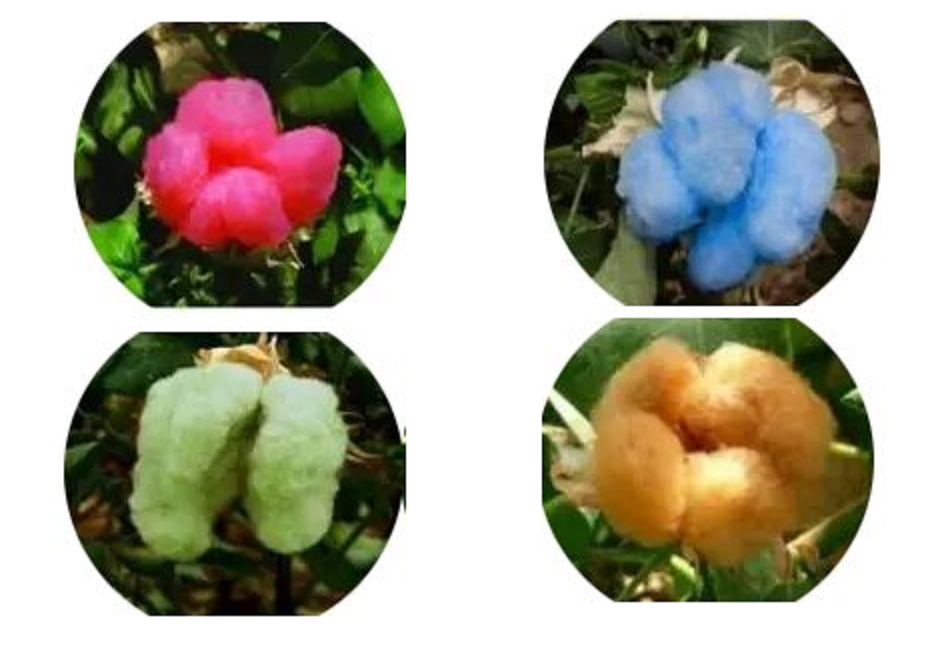The world of technical textiles is evolving. Driven by technological advances, shifting consumer preferences, and global challenges, this sector stands on the brink of significant transformation. The next few years will see growth and innovation, reshaping industries from automotive to healthcare.
Automotive Textiles: Driving Forward
Automotive textiles are spearheading innovation with a focus on safety, comfort, and sustainability. According to Grand View Research, Global automotive textiles market is to grow at a CAGR of 4.2% from 2021 to 2028. Key areas of growth include:
- Interior Textiles: Demand for aesthetic and comfortable interior textiles is rising. Advances in material science are producing fabrics that are durable, breathable, and stain-resistant.
- Safety Components: As safety remains paramount, textiles in airbags and seat belts are becoming stronger and more impact-resistant.
- Battery Insulation: The surge in electric vehicle usage has increased the need for textile-based battery insulation. These textiles enhance battery performance and safety.
Geotextiles: Constructing a Sustainable Future
Geotextiles are vital in building sustainable infrastructure. According to Market Research Future, the global geotextiles market is to grow at a CAGR of 9.1% from 2021 to 2028. Their growth is driven by the need to manage environmental challenges like soil erosion and urbanization.
- Road Construction: Geotextiles stabilize roads, providing reinforcement and drainage. As infrastructure expands, so does the demand for these textiles.
- Erosion Control: They play a crucial role in protecting landscapes from erosion, safeguarding riverbanks and coastlines.
- Landfill Liners: With waste generation rising, geotextiles are essential in preventing environmental contamination through effective landfill liners.
Medical Textiles: Revolutionizing Healthcare
The medical textiles market is growing, driven by an aging population and technological advancements. According to Research Dive, the global medical textiles market will grow at a CAGR of 5.7% from 2021 to 2028. Key growth areas may be as follows:
- Wound Care: Textiles designed for wound care are improving healing processes and reducing infection rates through their moisture management and antimicrobial properties.
- Implantable Textiles: Textile-based implants offer flexibility and better tissue integration, making them preferable to traditional materials.
- Personal Protective Equipment (PPE): The pandemic highlighted the critical role of medical textiles in producing effective PPE, underscoring the ongoing demand for protective healthcare gear.
Nonwovens: Expanding Across Markets
Nonwovens are projected to see substantial growth, particularly in hygiene products and industrial applications.
- Hygiene Products: The demand for disposable items like diapers and adult incontinence wear is driving growth in the nonwoven sector.
- Industrial Nonwovens: Used primarily for performance, these materials are increasingly utilized in construction and automotive sectors.
- Wipes: Both consumer and industrial wipes markets are expanding, with personal care wipes expected to be the fastest-growing segment.
Conclusion: The Broad Impact of Technical Textiles
The development of markets for technical textiles is more than just an industrial shift; it’s a transformative movement that impacts how we live and work. From safer cars and sustainable buildings to advanced medical care and everyday hygiene, technical textiles are integral to future innovations. As these materials evolve, they not only meet current demands but also open new avenues for development across multiple sectors.
This exploration into the future of technical textiles aims to inform and inspire readers to appreciate and engage with the ongoing innovations in this dynamic field, highlighting how these developments will reshape industries and influence daily life.



